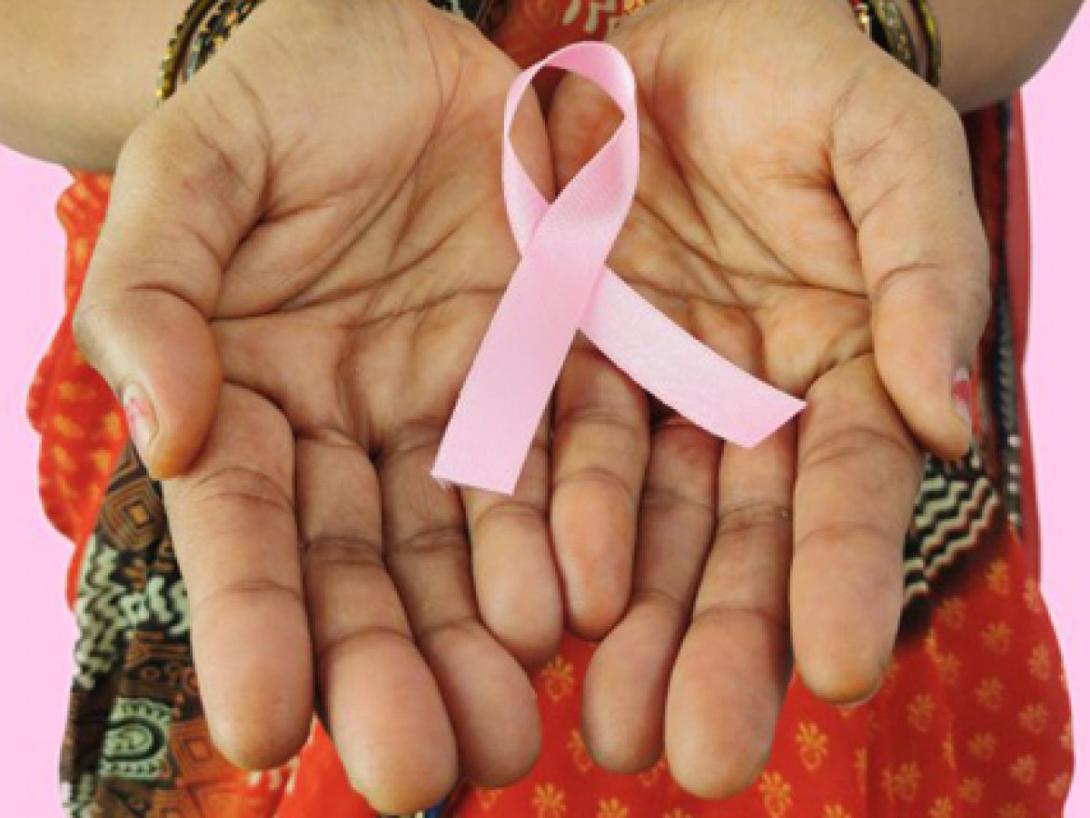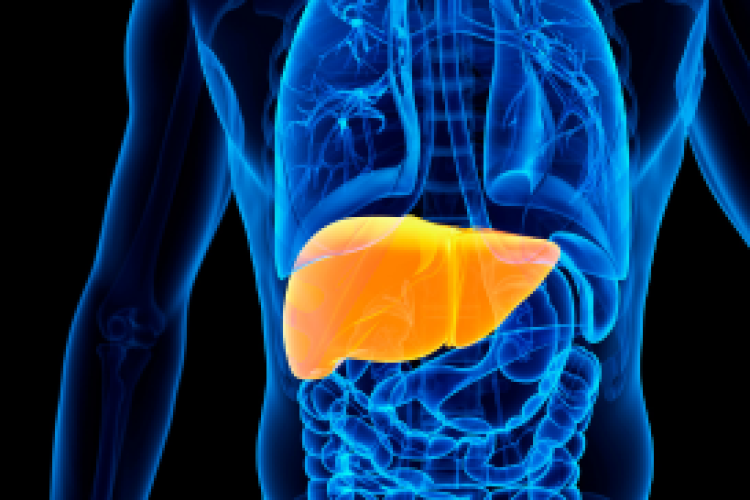
Breast cancer is the most common cancer in American women, except for skin cancers. Currently, the average risk of a woman in the United States developing breast cancer sometime in her life is about 12%. According to the American Cancer Society, that means there’s a 1 in 8 chance she will develop breast cancer. Of course, it also means there’s a 7 in 8 chance that she’ll never have the disease.
When detected early, breast cancer survival rates are very high. For example, the five-year survival rate for Stage I breast cancer is 98.9 percent. That makes regular screening mammograms one of the most important things you can do for your health, so make them a priority.
There’s no sure way to prevent breast cancer. But there are things you can do that might lower your risk. This can be especially helpful for women with certain risk factors for breast cancer, such as having a strong family history or certain gene mutations (changes).
Know your breasts
Give yourself a breast self-exam (BSE) once a month. It's important to be familiar with your body so you can know when something has changed—lumpy breasts are not unusual. Lumps come in all shapes and sizes.
During your breast self-exam, feel and look for:
- Changes in breast tissue texture, such as thickening or swelling in or around the breast
- Change in breast size, shape or color
- A noticeable lump
- Dimpling or puckering
- Nipple changes including inversion, rash, redness, scaliness or discharge.
Breast Self-Exam Tips
Breast self-exams are best performed 7–10 days after your period. Remember—lumpy breasts are not unusual! Get to know what your body's normal is, and follow these tips:
- Feel your breasts lying down as well as standing up.
- Your breast includes the entire area from collarbone to top of abdomen and from armpit to cleavage.
- If you discover a lump, schedule an appointment with your physician immediately.
- A breast self-exam does not always find breast cancer. Be sure to schedule annual mammograms after you turn 40.
Schedule a screening
Breast cancer is sometimes found after symptoms appear, but many women with breast cancer have no symptoms. That’s why regular screening is so important. Schedule a mammogram each year after you turn 40 years old.
Screening refers to tests and exams used to find a disease in people who don’t have any symptoms. The goal of screening tests for breast cancer is to find it before it causes symptoms (like a lump that can be felt). Early detection means finding and diagnosing a disease earlier than if you’d waited for symptoms to start.
Breast cancers found during screening exams are more likely to be smaller and still confined to the breast. The size of a breast cancer and how far it has spread are some of the most important factors in predicting the prognosis (outlook) of a woman with this disease.
Protect your health!
- Consume a nutritious and low-fat diet with lots of fruits and veggies.
- Exercise regularly and stay active.
- Maintain a healthy weight.
- Limit alcohol consumption—it’s clearly linked to an increased risk of breast cancer. The risk increases with the amount of alcohol consumed. Women who have one alcoholic drink a day have a small (about 7% to 10%) increase in risk compared with non-drinkers, while women who have two to three drinks a day have about a 20% higher risk than non-drinkers.
- Quit smoking!
- Be physically active. Evidence is growing that regular physical activity reduces breast cancer risk, especially in women past menopause. Adults should get 150 to 300 minutes of moderate-intensity exercise or 75 to 150 minutes of vigorous intensity activity each week (or a combination of these). Getting to or going over the upper limit of 300 minutes is ideal.
Your breast health is in your hands. To make an appointment for an annual screening mammogram or to see a breast cancer specialist, call 845-348-7579.


ADDRESS/CONTACT INFO
160 North Midland Ave.
Nyack, NY 10960
Phone: 845-348-7579
Email: breastcenter@montefiorenyack.org



 Upcoming Events
Upcoming Events



